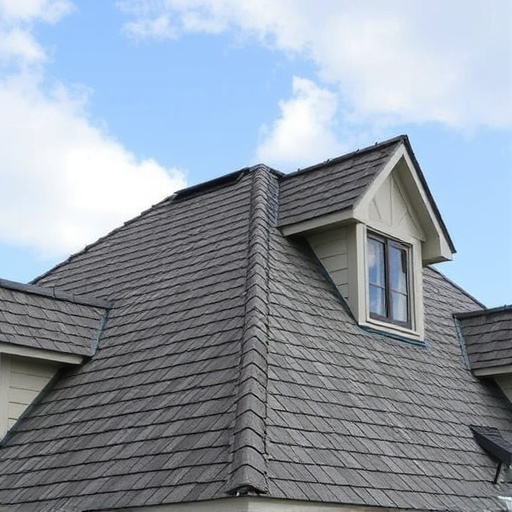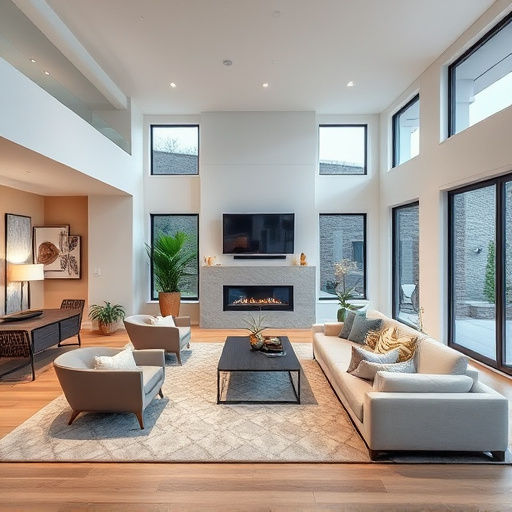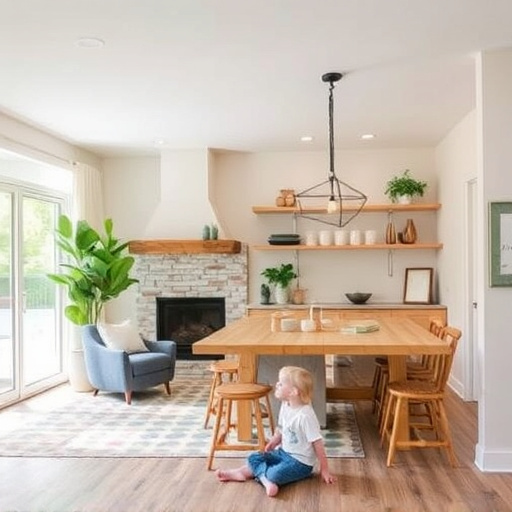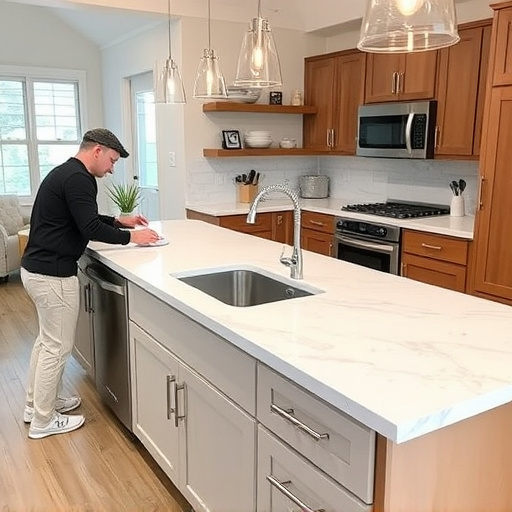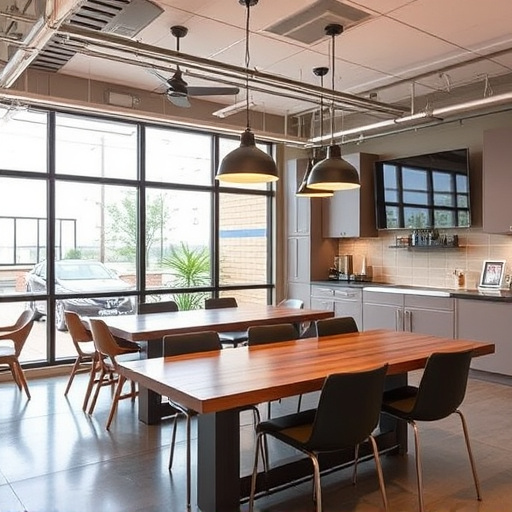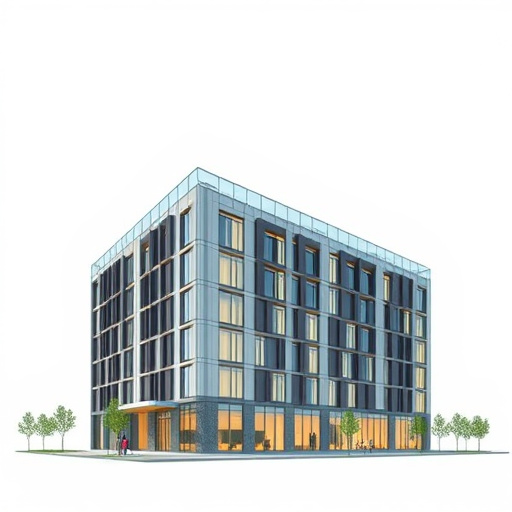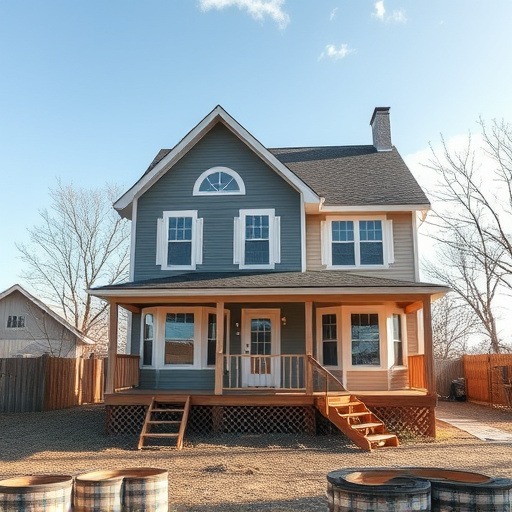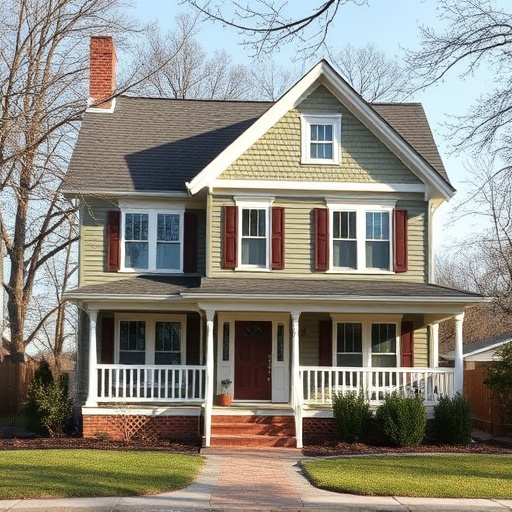Home renovators play a crucial role in preserving the unique character of historic homes while adapting them for modern living. They achieve this balance by meticulously identifying and safeguarding original architectural features like trim, molding, and cabinetry, combining these with subtle updates that enhance functionality. In spaces like kitchens and baths, incorporating vintage hardware, original flooring, or reclaimed materials further integrates old and new, preserving the home's history and boosting its value. A skilled home renovator ensures structural integrity while adhering to modern standards, making historic homes thrive as unique and appreciated residences.
As a home renovator, preserving historic home features is an art and a responsibility. This guide delves into the significance of maintaining architectural heritage and offers valuable tips for professionals. From understanding the unique value of historic homes to assessing and planning meticulous renovations, we explore why every detail matters. Learn practical techniques to safeguard original elements while bringing your historical property into modern times.
- Understanding Historic Home Value: Why Preservation Matters
- Assessing and Planning: Identifying Features to Keep
- Practical Renovating: Techniques for Preserving History
Understanding Historic Home Value: Why Preservation Matters
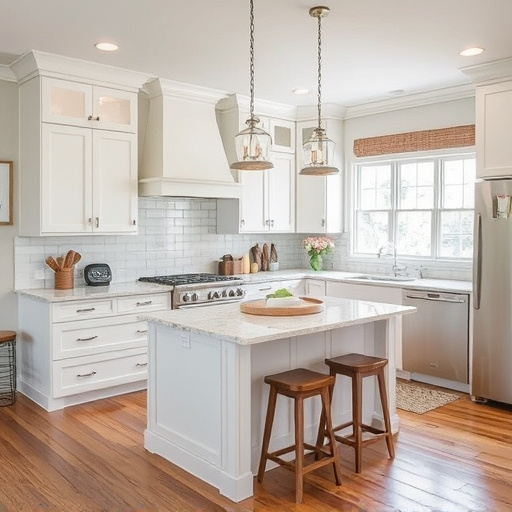
Every historic home tells a story—a narrative woven into its architecture, materials, and design elements. As a home renovator, understanding the value of preserving these unique features is paramount. More than just about aesthetics, keeping the original integrity of a home ensures the connection to its past remains intact, offering a tangible link to generations before us.
Preservation isn’t just about maintaining the exterior charm or showcasing period details in living spaces like a kitchen remodel or bathroom renovations. It involves respecting and safeguarding the overall character and distinctiveness that make each historic property special. By opting for home improvement services focused on preservation, renovators can ensure these homes continue to thrive while honoring their rich history.
Assessing and Planning: Identifying Features to Keep
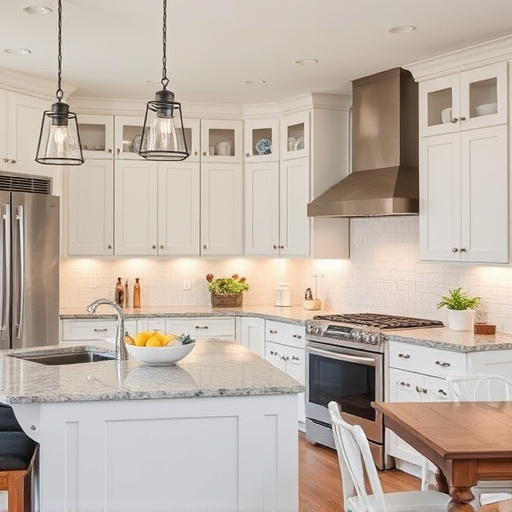
When assessing a historic home for renovation, the first step is to identify which features are worth preserving. This involves a thorough inspection by a home renovator with an eye for history. Start by evaluating architectural details like original trim, built-in shelves, or unique window frames. These elements not only contribute to the home’s character but also have historical significance.
Focus on distinguishing between features that enhance the home’s value and those that may be in need of repair or update. For instance, while a charming vintage kitchen or bath might require a careful renovation to preserve its historic charm, exterior painting may be more about maintaining the integrity of the structure than preserving specific design elements. A professional home renovator can guide you through this process, ensuring that residential renovations respect the home’s past while aligning with modern standards and safety requirements.
Practical Renovating: Techniques for Preserving History
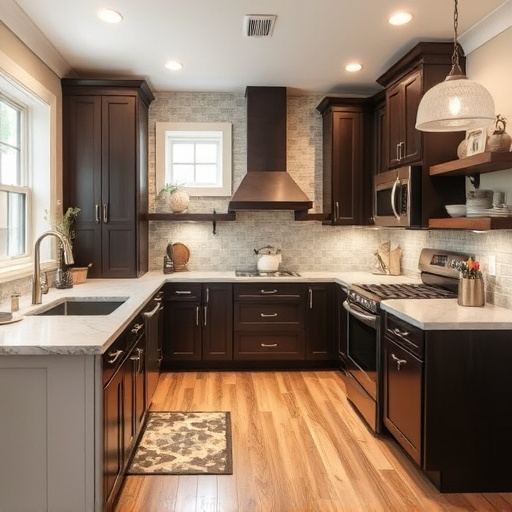
Renovating an historic home requires a delicate balance between preserving its unique character and updating it for modern living. Home renovators must embrace practical techniques that safeguard original features while incorporating necessary changes. One effective approach is to maintain the existing architecture, such as retaining period trim, molding, and built-in cabinetry, which adds character and appeals to buyers looking for authentic historic homes.
Customized home renovations can be tailored to highlight these details, focusing on subtle updates that enhance functionality without overwhelming the original design. In residential renovations, especially in spaces like kitchen and bath, it’s crucial to preserve historical elements whenever possible—think vintage hardware, original flooring, or reclaimed materials—to create a harmonious blend of old and new. This not only respects the home’s history but also contributes to its enduring beauty and value.
As a home renovator, preserving historic home features is an art that combines respect for the past with practical updates. By understanding the value of historic architecture and implementing thoughtful planning and techniques, you can transform a structure while honouring its original charm. These tips empower homeowners and professionals alike to navigate renovations, ensuring that the unique character of these properties endures for generations to come.
